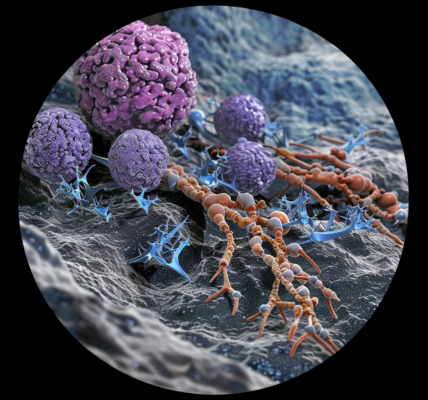Long-acting injectable medications are revolutionizing HIV prevention and treatment, providing a significant alternative to traditional daily pill regimens. As the search for an effective vaccine against HIV continues, these innovative therapies offer new hope for individuals at risk of infection and those living with the virus.
Despite the absence of a vaccine, the medical community has made strides in developing effective treatments and preventive measures against HIV. Historically, medications such as Truvada have been the standard for daily oral administration. However, since 2020, a new option has emerged for individuals in Europe: injectable medications that can be administered less frequently.
The European Medicines Agency (EMA) has approved a combination of rilpivirine and cabotegravir, marketed under the names Rekambys and Vocabria, respectively. These two medications work together to treat patients with HIV-1, the most prevalent strain of the virus globally. This development marks a significant advancement in HIV treatment, allowing for a more convenient approach to managing the virus.
In the United States, the Food and Drug Administration (FDA) followed suit in 2021 by approving cabotegravir, sold as Apretude, as a pre-exposure prophylactic (PrEP). This injectable medication is administered in two initial doses, one month apart, followed by maintenance doses every two months. This regimen offers a promising alternative for individuals at high risk of contracting HIV.
In July 2022, the World Health Organization (WHO) endorsed the use of long-acting injectable cabotegravir (CAB-LA) as an effective prophylactic measure against HIV. This endorsement underscores the growing recognition of injectables as a vital tool in the fight against the virus.
Understanding the different types of HIV medications is crucial for individuals considering their options. Pre-exposure prophylaxis (PrEP) is designed for those at risk of infection, including individuals who inject drugs, certain ethnic groups, sex workers, and transgender women who engage in sexual activities with men. On the other hand, post-exposure prophylaxis (PEP) is intended for individuals who have potentially been exposed to HIV and is typically recommended for emergency situations.
Antiretroviral therapies (ART) are another essential component of HIV treatment, helping individuals living with the virus to manage their health effectively. ART works by reducing the viral load in the body, thereby bolstering the immune response and enhancing the overall quality of life for those affected. The term ‘antiretroviral’ is often abbreviated as ARV, and these therapies play a critical role in managing HIV.
One of the primary motivations for developing injectable medications is to address the limitations associated with oral pills. While daily pill regimens have been effective for many, adherence can be challenging. Some individuals may forget to take their medication, while others may experience difficulties swallowing pills or feel stigmatized by the need to carry them. Additionally, some people may refuse to take pills altogether, which can hinder their treatment and prevention efforts.
The introduction of long-acting injectables aims to enhance treatment adherence, reduce stigma associated with HIV medications, and ultimately improve the quality of life for individuals at risk or living with the virus. By providing a less frequent dosing schedule, these injectable options can alleviate some of the burdens associated with daily pill regimens.
As the medical community continues to explore innovative solutions for HIV prevention and treatment, long-acting injectable medications represent a significant step forward. These advancements not only offer new hope for individuals at risk of HIV but also contribute to the broader goal of controlling and eventually eradicating the virus.
With ongoing research and development in this area, the future looks promising for those affected by HIV. As more individuals gain access to these injectable options, there is potential for improved health outcomes and a reduction in the stigma surrounding HIV treatment.
In summary, the emergence of long-acting injectable medications marks a pivotal moment in the landscape of HIV prevention and treatment. As healthcare providers and patients embrace these innovative therapies, the fight against HIV continues to evolve, bringing us closer to a future where the virus can be effectively managed and ultimately eradicated.





